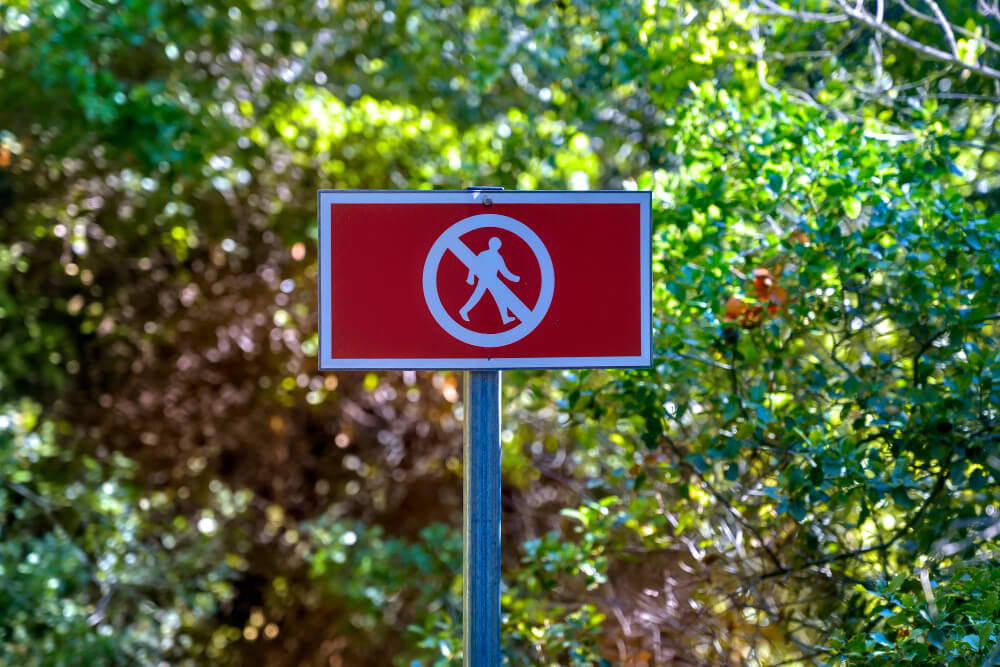Wrong-way driving is one of the most hazardous road incidents, often resulting in devastating consequences for drivers, passengers, and surrounding traffic. While relatively rare compared to other traffic violations, wrong-way driving has a disproportionately high impact on traffic safety due to its tendency to lead to high-speed, head-on collisions. Understanding the causes, effects, and prevention methods of wrong-way driving is crucial for reducing its impact and improving road safety.
In this article, we’ll explore the causes behind wrong-way driving, the alarming statistics associated with it, and the toll it takes on traffic and public safety.
Understanding Wrong-Way Driving
Wrong-way driving occurs when a vehicle enters a roadway in the opposite direction of the designated traffic flow. This often happens on highways, freeway exits, and entrance ramps, where high-speed travel compounds the risks.
Common Causes of Wrong-Way Driving
- Driver Impairment:
Alcohol and drug impairment are the leading causes of wrong-way driving incidents. Impaired drivers often lack the awareness to recognize signs indicating the wrong direction of travel. - Driver Confusion:
Confusion is common among unfamiliar drivers, particularly at poorly marked ramps, intersections, or during nighttime travel. Senior drivers and tourists are more likely to experience disorientation in these situations. - Road Design Flaws:
Poorly designed roadways, unclear signage, and inadequate lighting can contribute to wrong-way entries. Missing or poorly placed “Do Not Enter” and “Wrong Way” signs are particularly problematic. - Distracted Driving:
Drivers distracted by their phones or other in-car activities may fail to notice warning signs or lane markings, leading to wrong-way driving. - Deliberate Recklessness:
In rare cases, wrong-way driving is intentional, often by individuals attempting to evade law enforcement or acting under extreme emotional distress.
Alarming Statistics on Wrong-Way Driving
Wrong-way driving accounts for a small percentage of total traffic incidents, but its consequences are disproportionately severe:
- Fatality Rates: Wrong-way collisions are 12 times more likely to result in fatalities than other types of accidents due to their head-on nature.
- Impairment Factor: Approximately 60% of wrong-way drivers involved in fatal crashes are impaired by alcohol or drugs.
- High-Speed Collisions: Most wrong-way accidents occur on highways where vehicles travel at high speeds, leaving little time for drivers to react.
The Effects of Wrong-Way Driving on Traffic
1. Immediate Disruptions
Wrong-way driving incidents disrupt traffic flow, often leading to sudden stops, swerves, or collisions. Even in cases where a collision is avoided, the presence of a wrong-way driver creates chaos as other drivers attempt to maneuver out of harm’s way.
2. Increased Risk for Collateral Accidents
A wrong-way driver can trigger secondary accidents as vehicles swerve or brake abruptly. These chain-reaction crashes can involve multiple cars and significantly escalate the severity of the situation.
3. Emergency Response Challenges
When a wrong-way driving incident occurs, emergency services must act quickly to prevent further damage. The time required to stop the wrong-way driver, attend to victims, and clear the roadway causes significant delays and disruptions for other road users.
The Impact of Wrong-Way Driving on Safety
1. High Fatality and Injury Rates
The head-on nature of wrong-way collisions significantly increases the likelihood of fatalities and severe injuries. Passengers in both vehicles often experience the brunt of the impact, resulting in devastating outcomes.
2. Psychological Trauma
Survivors of wrong-way collisions often face lasting psychological trauma. Witnessing or experiencing such an incident can lead to post-traumatic stress disorder (PTSD), anxiety, and fear of driving.
3. Economic Costs
Wrong-way driving incidents lead to substantial economic costs, including vehicle damage, medical expenses, emergency response services, and lost productivity.

Prevention Methods to Mitigate Wrong-Way Driving
1. Improved Signage and Road Markings
One of the most effective ways to prevent wrong-way driving is through the installation of clear, highly visible signage. Reflective and illuminated “Wrong Way” and “Do Not Enter” signs can help drivers recognize when they’re about to make a dangerous mistake.
2. Smart Detection Systems
Advanced wrong-way detection systems use cameras, radar, and thermal imaging to identify vehicles traveling in the wrong direction. These systems trigger automated warnings to alert both the wrong-way driver and other road users.
3. Roadway Design Enhancements
Adjusting road designs to make wrong-way entries less likely is critical. For instance:
- Using one-way spikes at highway ramps that prevent vehicles from entering in the wrong direction.
- Creating sharper entry angles at ramps to make it difficult for drivers to mistakenly turn the wrong way.
Role of Technology in Wrong-Way Driving Prevention
Technology is playing a transformative role in reducing wrong-way driving incidents.
- Connected Vehicles: Modern vehicles equipped with GPS and connected technology can receive warnings about wrong-way drivers ahead, allowing drivers to take precautions.
- AI-Driven Traffic Management Systems: Artificial intelligence can predict high-risk areas for wrong-way driving based on historical data and deploy preventive measures accordingly.
- Dynamic Message Signs: These signs inform drivers of wrong-way drivers in real time, improving awareness and safety for others on the road.
What Drivers Can Do to Stay Safe
While technology and road design play a significant role in mitigating wrong-way driving, individual drivers can also take precautions:
- Stay Alert: Avoid distractions and remain attentive to road signs and markings.
- Use Defensive Driving Techniques: Always leave sufficient space between your vehicle and others, giving yourself time to react in case of an emergency.
- Report Wrong-Way Drivers: If you spot a wrong-way driver, safely pull over and contact authorities immediately.
Conclusion: A Call to Action for Safer Roads
Wrong-way driving remains a critical road safety challenge with devastating consequences. By addressing the root causes, implementing advanced detection systems, and promoting public awareness, we can significantly reduce the impact of these incidents. Governments, transportation authorities, and technology providers must work together to create safer roadways for everyone.
For individual drivers, staying alert, practicing defensive driving, and reporting dangerous situations can make a life-saving difference. Through collective efforts, we can minimize the risks of wrong-way driving and build a safer future on the roads.


